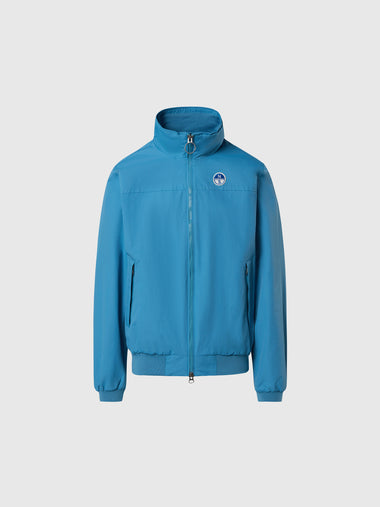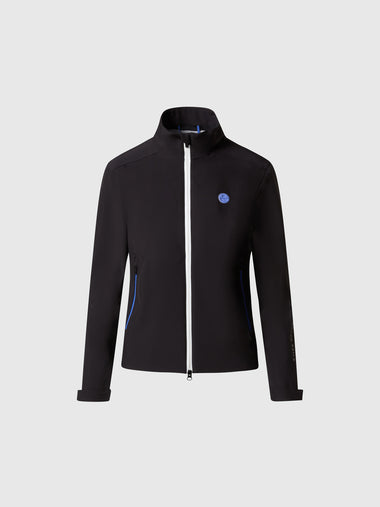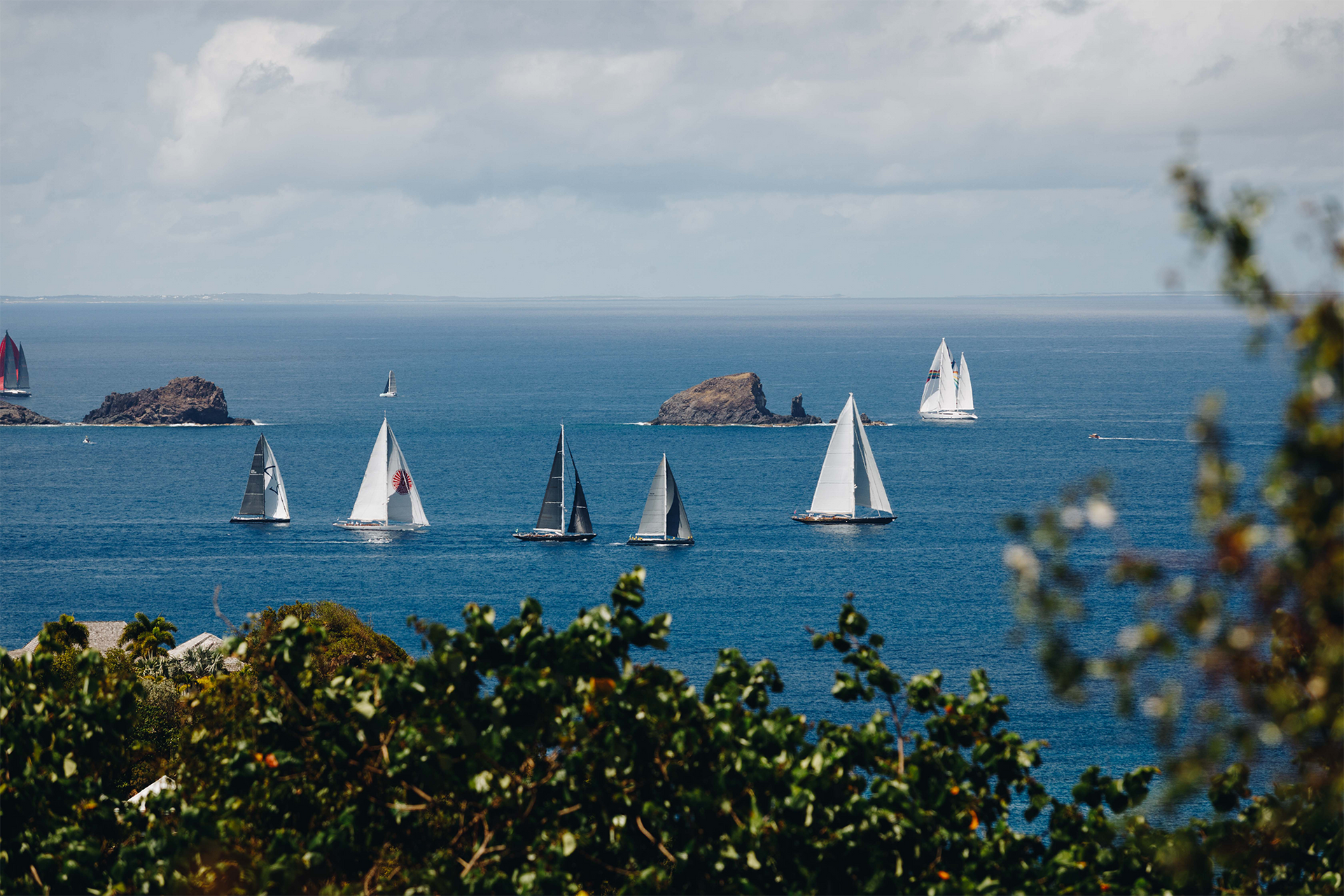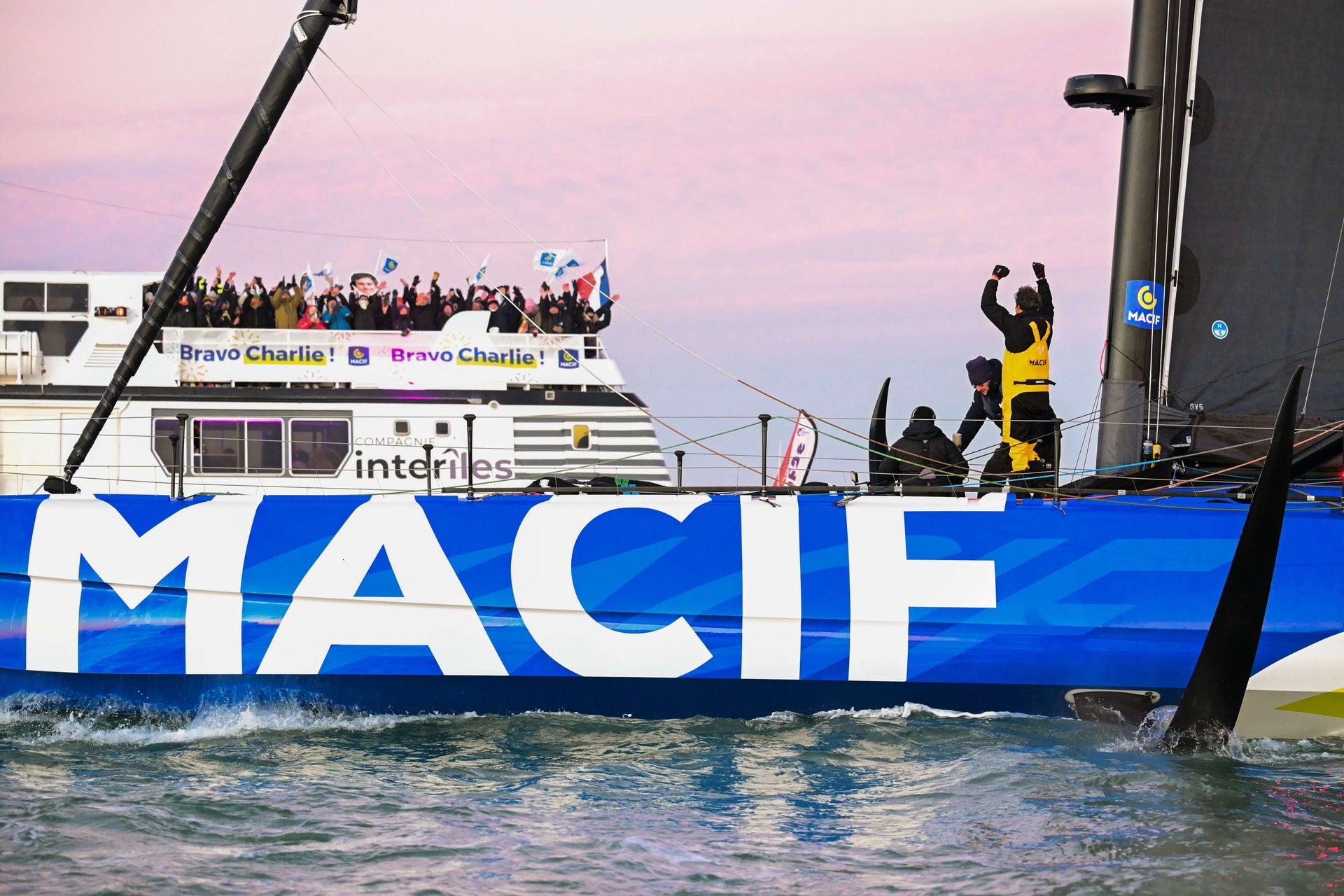ROAD TO THE J/22 WORLDS: KEEPING IT SIMPLE
KEEPING IT SIMPLE
Four basic rules to simplify your race days

Hop into my DeLorean, buckle up, and let’s go “Back to the Future”!
It’s September 2018. Imagine yourself at the dock at the start of day 2 of the 2018 Worlds in Annapolis. It’s currently blowing 18 knots with even bigger puffs because a front has just rolled through. There’s a 50% chance of this wind speed persisting all day and a 50% chance of the breeze dying to 8 knots in a few hours. What’s going through your mind? What should you set the rig to? Is the bay full of waves and steep chop? Should you think about changing your forestay? Where is the sweet spot for your jib halyard? Are the jib cars too far forward, too far aft, or just right? What about the top main batten? Should you stick with the standard or use the heavy-air batten? What is the competition going to do? Who do you have to watch out for? When should you leave the dock? Do you have enough food and water onboard? All these questions and more are swirling around in your head. How can you manage to answer them all correctly?
Hopefully, many of these questions will be answered in your preparation leading up to the “Big Event” because, if you try to focus on all these questions simultaneously, it’s easy to get muddled and over-complicate things. That’s why, as the season gets rolling, now is a good time to put in place a plan for your team to “keep it simple” as an important foundation to successful sailboat racing. To simplify your race days, try following these four basic rules.
First, have a plan and stick to it.
You’ve raced before, so set a routine that works and stick with it. For instance, you can keep provisioning simple by bringing the same food every day. You know what’s been successful in the past, so why overcomplicate things? As for how much water to bring, it’s better to have too much than too little. You can always dump some over the side if it’s not getting used. Knowing when you need to get to the boat and when to leave the dock should also be part of your premade plan. Again, keep it simple. Start with when you want to get to the racecourse (not too late but also not so early that you wear yourself out) and work backwards from there. Your daily schedule should then fall into place and won’t be an added concern.
Second, don’t leave things to the last minute.
When you come in from racing, it’s rare that something doesn’t need to be fixed or tweaked. How tempting is it to say, “I’m tired. I’ll just do that in the morning. What I need right now is a beer!” But how many times do projects on boats take longer than expected? (Hint: Every time!) That’s why you shouldn’t wait until later to get a job done. Just bite the bullet and do it when you get back to the dock. Avoiding stressful, last-minute work is part of keeping things simple. Good boat preparation isn’t last-minute.
Practice isn’t last-minute either, even though we’ve all heard people say, “I’d like to get out to the racecourse early to practice.” During a major regatta is not the time to try to improve your skills. That’s what practice before the event is for. The mornings of a major regatta are for getting out to the course and perfecting your setup for the day. So keep it simple and eliminate practice from your race-day plan.
Third, don’t sweat the details you can’t change.
As you head out to the racecourse, the question of whether your tuning is right always weighs on your mind, but don’t dwell on it now. Getting these details right is what the time before the first race and between subsequent races is for. When you get to the course, find a boat to tune upwind with, make some changes to go faster, and then get ready to race. Once the race has started, don’t obsess about the rig. It’s set; you can’t change it; so don’t think about it. Too many times I hear people say that they weren’t fast because their rig was too tight when the breeze dropped a knot or two during a race. But remember that everyone else is probably dealing with a tight rig too, so quit worrying about the rig and just make the boat go as fast as you can. If you’ve practiced and your team is ready, the tuning will be good enough to allow you to win the race. The point is not to focus on something you can’t change. Keep it simple and focus only on important decisions you’re able to make.
Fourth, make sure you’re going fast.
Speed is king in keeping things simple. Both upwind and downwind, speed makes everything easier because it allows you to concentrate on the race and your tactics. Whatever your problems may be on the racecourse, speed will help you overcome them. For instance, it you’re having trouble pointing, it’s probably because you’re not going fast enough to make the keel work, so you’re sliding sideways more than the boat next to you. The solution? Keep it simple. Put the bow down, go faster, then trim the main harder and let the boat do the work. You can also minimize risk by being conservative when you’re going fast, enabling you to tack in easy lanes. Keeping it simple with conservative tactics means that you’re apt to round the top mark with the leaders and move forward from there.
So back to all those questions that were swirling around in your head before the second day of the Worlds. You already have answers to them, so don’t overcomplicate things. Filling your head with questions and raising self-doubts is never helpful. Instead, keep it simple and don’t overthink. Have a plan and stick with it, never leave things to the last minute, and avoid getting stressed over details that you can’t change. Above all, make sure to go fast so you can focus on the racing and your tactics. As some of you may have already heard me say: Sailboat racing is like NASCAR – just go fast and turn left!


























